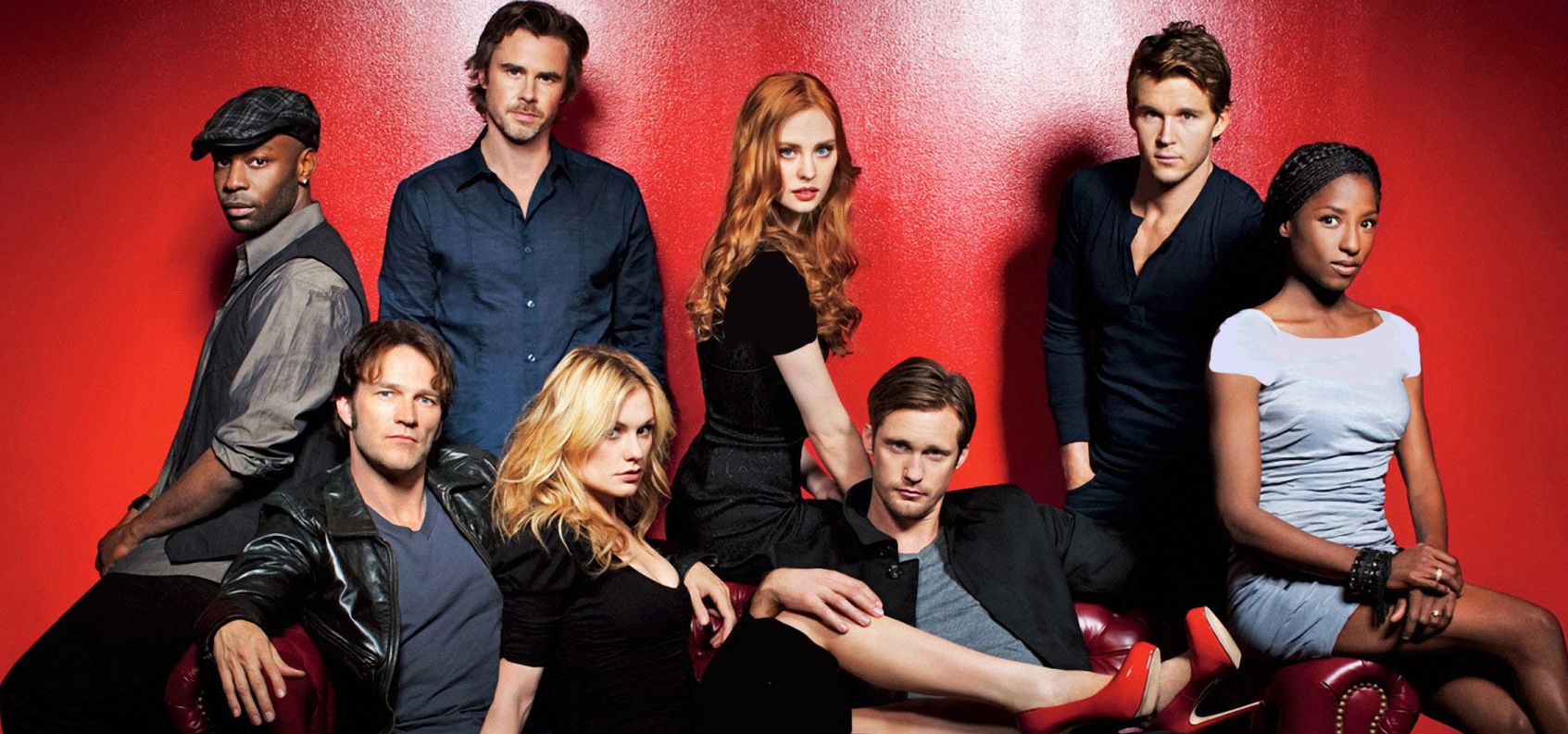
When it premiered in 2008, True Blood, based on Charlaine Harris' esteemed Southern Vampire Mysteries series, introduced HBO audiences to the dark and steamy mischief of Bon Temps, a small Louisiana town with a knack for attracting the supernatural.
Sookie Stackhouse, a telepathic waitress with a fairy family lineage, became immersed into an odd world of fanged vampires, a shapeshifting bar owner, and an intoxicating maenad, among other things. With her uncontrollable curiosity and irresistible attraction to supernatural men, she transformed from the naive and gullible town oddity to a perfectly capable heroine with a mind of her own.
With the creation of the synthetic Tru Blood, the world's exposure to vampires launched a phenomenon of fang-lovers that has endured well past the series end in 2014. For seven seasons, the unforgiving in-your-face tone of Alan Ball's series often used its influence to reach out and speak out on topics such as discrimination against the LGBT community. Still, for all its good intentions, not everything about True Blood received positive reactions.
Often criticized for its meandering subplots and endless distractions from the main storyline, the show lost some of its bite along the way as more characters were introduced. Despite all the show's later struggles, however, not everything was as bad as viewers made it out to be. In retrospect, many of the show's biggest critiques may be explained by revisiting the series.
Come along with us as we take a look back at 20 Things Everyone Gets Wrong About True Blood.
20 Jason's Fairy Lineage

As Sookie's good-looking and womanizing older brother, Jason Stackhouse shares the same fairy lineage as his sibling, though he didn't inherit her telepathic or light-repelling abilities.
Although Jason's lack of obvious powers have led many viewers to suggest the character is fully human, other indicators have hinted that the opposite may be true.
While his blood didn't contain the "spark" of a fairy, he has exhibited some fae-like abilities.
In season five, he has visions of his deceased parents and takes part in a fairy energy circle, though the idea isn't explored any further. Still, even without his visions, Jason's history as a storied high school athlete as well as his reputation as a ladies' man are also strong traits which may have originated from his fairy blood, making him more than an ordinary human.
19 Flying Vampires
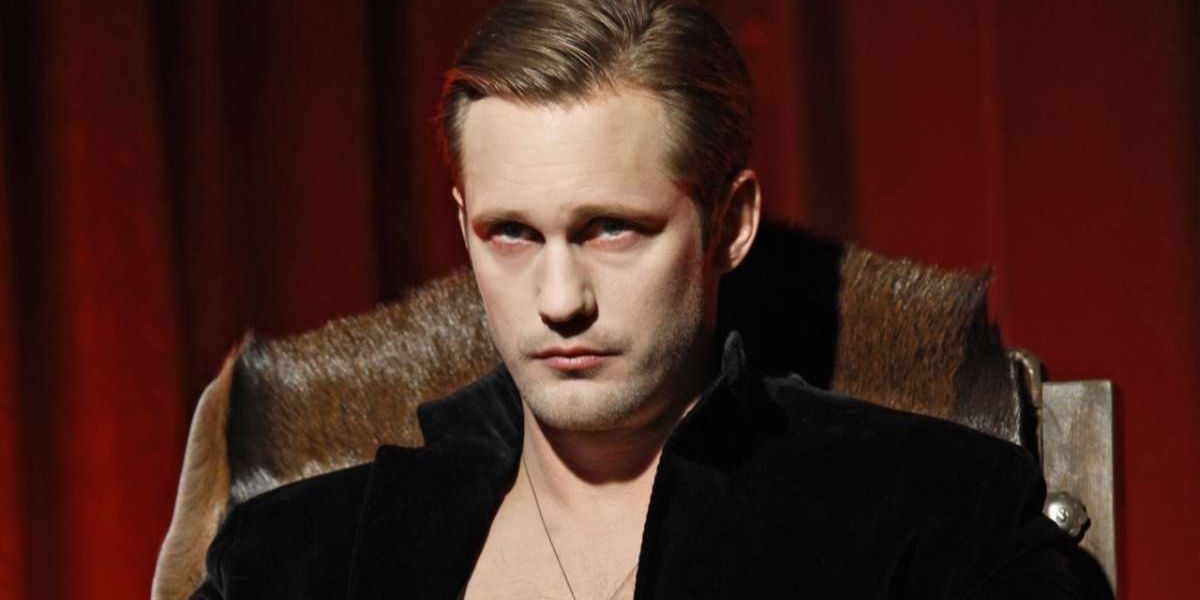
In the season three episode "9 Crimes", Eric has a daydream about visiting Sookie's house and levitating outside her window. While talking to her guest, she asks Eric if all vampires can fly, to which he responds, "Can all humans sing?" Although an exact answer isn't given, it's suggested that flight isn't an ability all vamps have, or at least not one they all can use.
While Eric is shown flying on multiple occasions, there is no clear line drawn between which vampires possess the ability and which do not. It seems that a vampire's age and their flight ability may have a direct correlation, though it's never confirmed.
Either way, many fans have critiqued the flying vamps for not flying all the time, but given the exertion it must take, it's understandable why so few do it.
18 The Law Enforcement Is Lazy
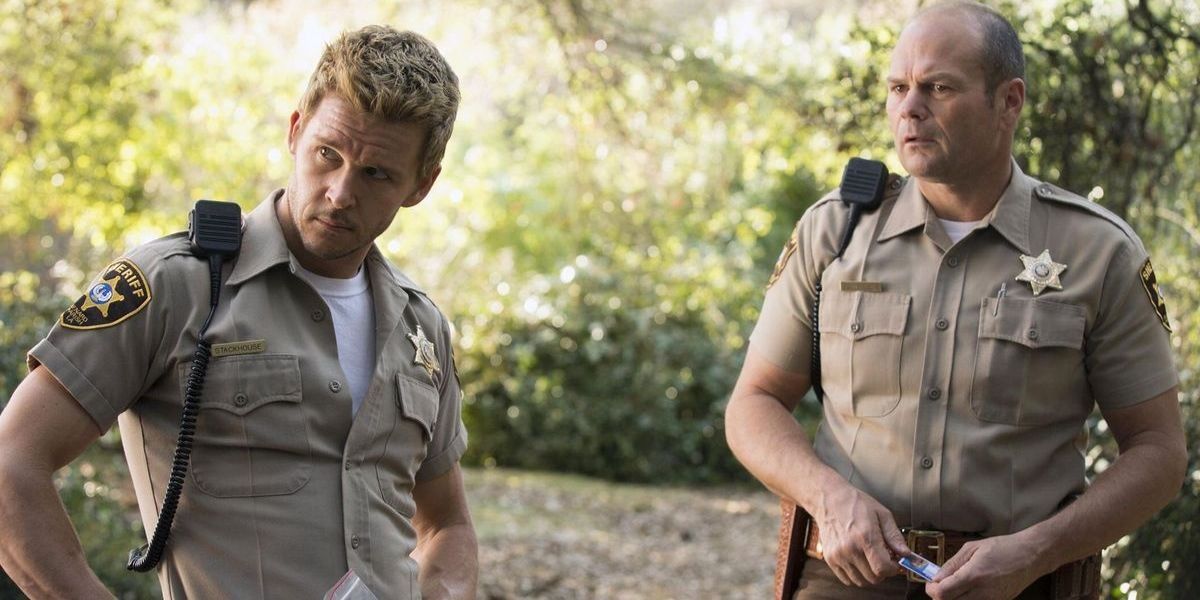
As some viewers have pointed out, the police of Bon Temps and around the world seemingly let the crimes of vampires go thanks to the establishment of the Vampire Authority, which uses its governing body to control and punish vamps for their crimes.
Led by the responsible Sheriff Andy Bellefleur, the officers of Bon Temps are given little respect, leading to a dwindling morale at the department.
There's little that the government can do to dictate the Authority, especially considering that the exact number of vampires around the globe is unknown.
Given the overpowering abilities of vamps, law enforcement are rendered useless in many regards against them.
Add in all the additional creatures introduced into the mythos and it's clear it isn't just laziness that makes the show's police look bad.
17 Using V for Medical Purposes
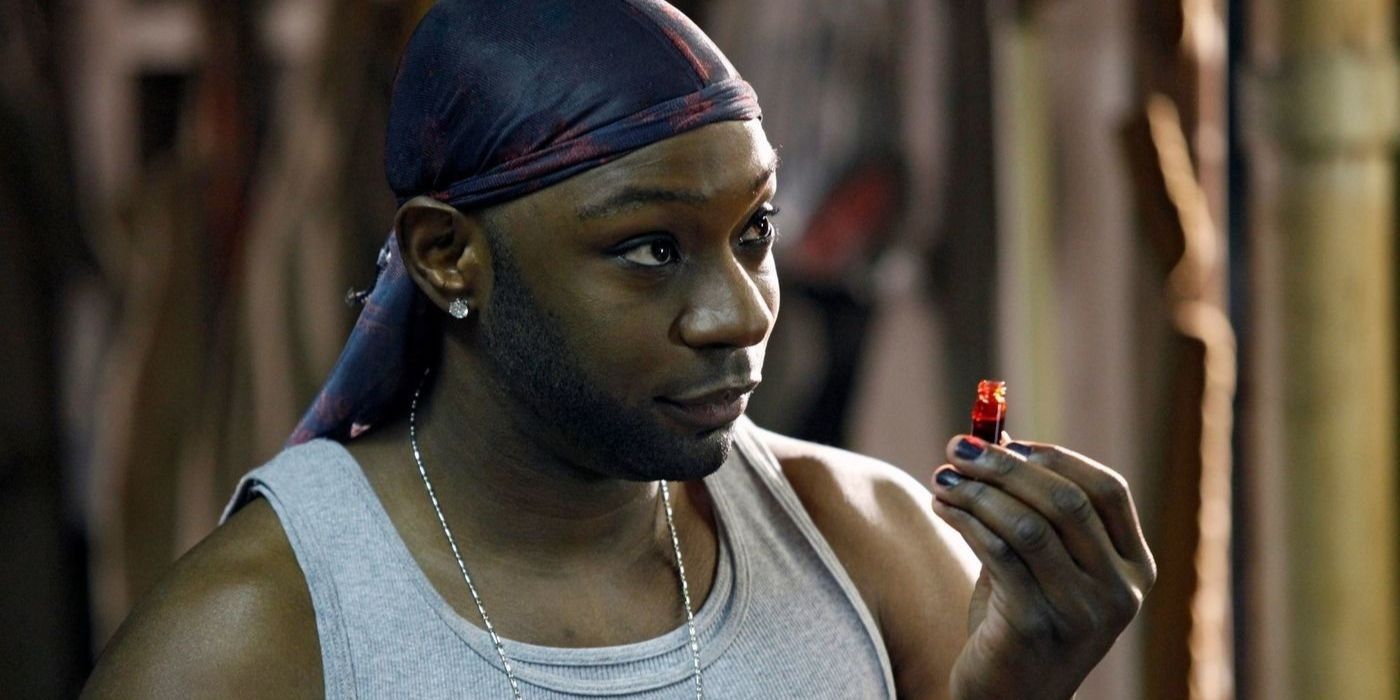
Early into the series, vampire blood is established as a potent substance for humans. Used to increase one's sense of smell while also giving them incredible strength and an increased libido, the small dosage carried considerable market value in True Blood. Apart from its hallucinogenic properties, it was also revealed that V held incredible healing power.
With so much upside, many have wondered why the medical field didn't capitalize on the use of V. As a highly addictive substance with potentially deadly consequences that only strengthens its users, it's easy to see why doctors wouldn't endorse its use.
Likewise, with so many anti-vampire protesters around the world, any marketing of such a product is likely to have serious detractors, complicating any potential sales.
16 What Sookie Does During The Day
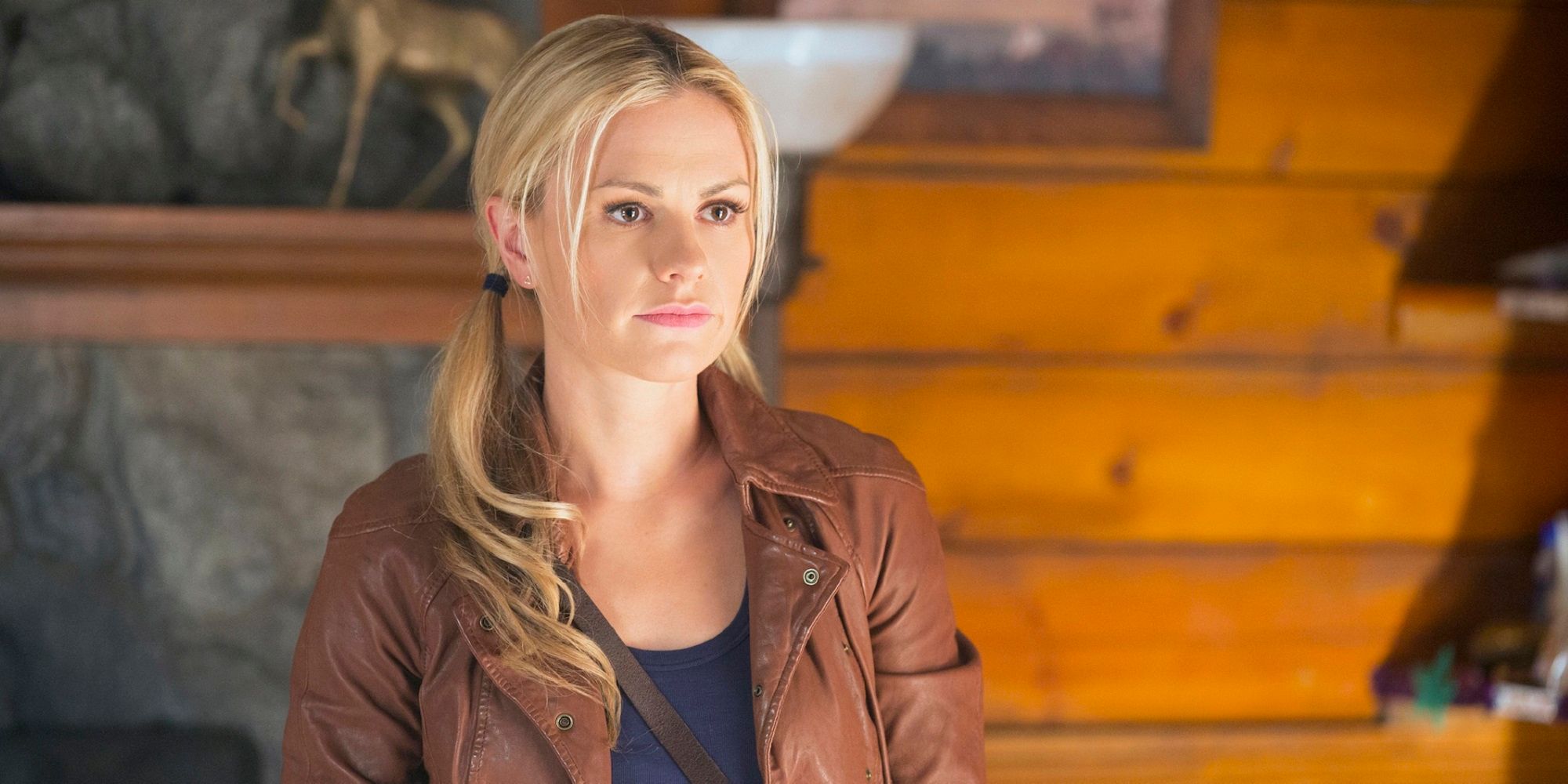
As nocturnal creatures, True Blood's fanged leading protagonists have a serious flaw, narratively-speaking. During the day, Bill Compton and Eric Northman, among others, are camped away in their homes, cozily resting from the sun's harmful rays as everyone else goes about their daily routines. A
lthough their whereabouts can easily be accounted for, the same cannot be said for the likes of Sookie, who is often only depicted at night when her vampire suitors are actually available.
With so much wasted time between sunrise and sundown, there's a hefty chunk of time in episodes that often goes unaddressed.
While fans have argued that Sookie simply spends her time doing nothing while she waits for her vamp friends, truthfully it's easy to suggest she's simply working or spending quality time with friends and family, when she isn't in distress of course.
15 Russel Edgington's Southern Accent
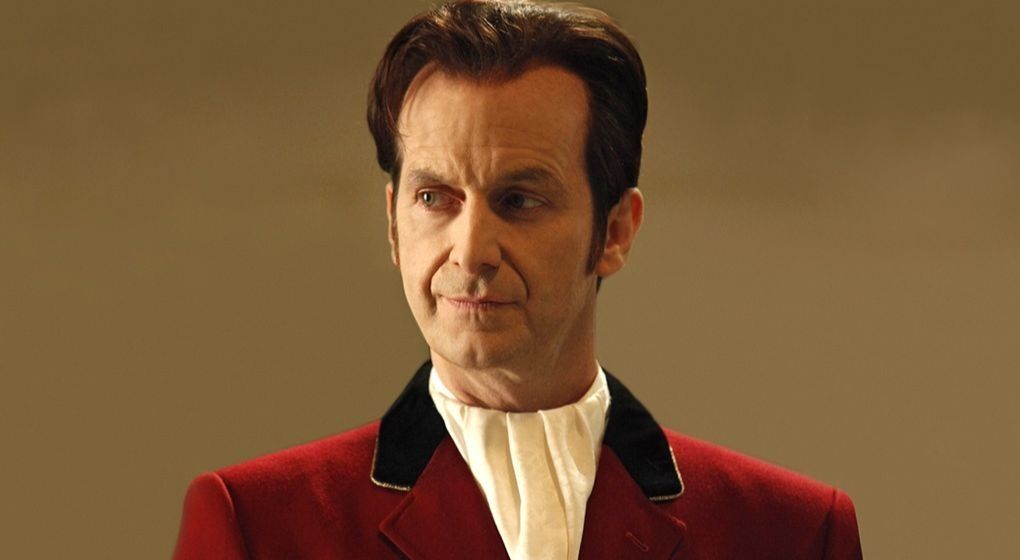
First introduced in season three, Russell Edgington was the former Vampire King of Mississippi and Chancellor of the newly reformed Vampire Authority. Believed to be nearly 3,000 years in age, he was born in the Carpathian Mountains into a Celtic community of pagan Druids, which has left many fans questioning how he picked up a southern accent.
Born long before the establishment of the United States, it's clear Edgington never spent any of his time as a child in America, but as it is explained throughout True Blood, it's common for older vampires to develop accents over their long history, especially after settling into a new identity and territory.
At different times in the series, you can hear Edgington's true accent break through, especially when he's upset, suggesting he's merely disguising his origins.
14 Vampires Shouldn't Have Gone Public
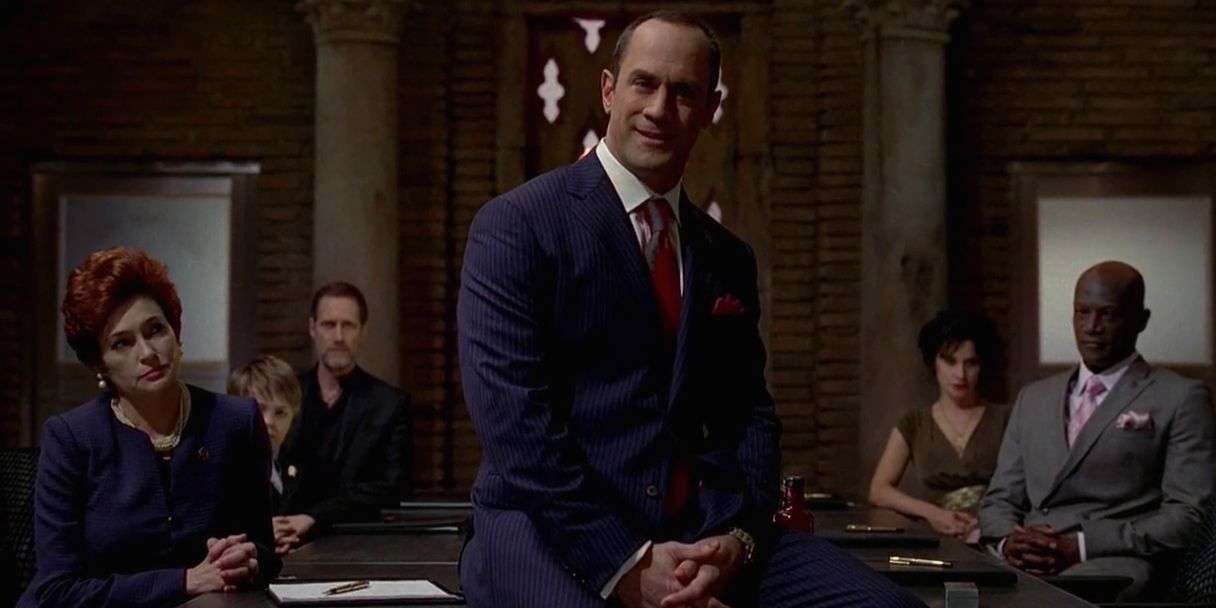
Throughout True Blood, the community of Bon Temps encounters various figures pushing their anti-vampire bigotry onto the world.
In season one, Rene Lenier takes the lives of vampire lovers for their attraction to vamps. In season two, Steve and Sarah Newlin begin targeting the fanged individuals through the creation of the ultra-conservative, evangelical Fellowship of the Sun. Then, in season five, the Louisiana Area Vampire Task Force announces open season on vampires under the leadership of former Louisiana Governor Truman Burrell.
Although this heavy persecution appears to be reason enough for the vampire community to stay in hiding, truthfully, there were few options left for vamps.
With the vampire population already in the millions and rising, the revelation of their existence was likely to occur soon anyway, making their decision to out themselves the responsible choice.
13 Were-Creatures and Shapeshifters Are the Same

Although they may both fall under the genus of the were-variety, there are specific traits which differentiate certain weres from shapeshifters.
Werewolves, such as fan favorite Alcide Herveaux, are often born into packs before being officially initiated into a group, whereas a shapeshifter may travel alone. Generally speaking, werewolves are much stronger than shifters and can only turn into a wolf. Shifters, on the other hand, may turn into any animal they imprint.
Although all shapeshifters can transform into any animal, varying levels of difficulty make it hard for shifters to take on any form. Therefore, they often take the form of one animal above all others.
Werepanthers, another common were-genus, are considered a far inferior species to both werewolves and shapeshifters due to their weaker nature and long-standing history of inbreeding.
12 All V Users Should Have a Connection to Vampires
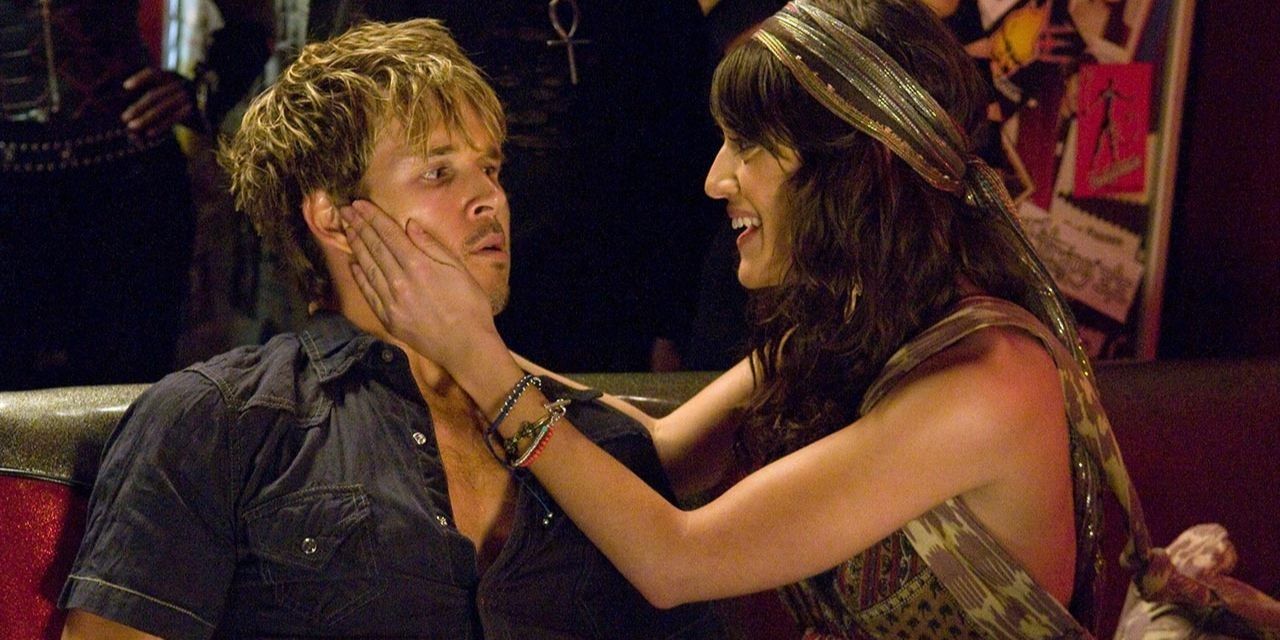
Like any hard substance, vampire blood has dastardly effects on users with repeat consumption. While highly addictive, V can also appear wildly inconsistent among users, many of whom seem to have very little reaction after ingesting it, but while some fans believe this to be a result of terrible continuity, in actuality, V's effects vary depending on the person.
As it's established early on, any human who consumes V will experience hallucinogenic effects while also developing a connection to the vampire whose blood is consumed.
If the user is injured, the blood will have no hallucinogenic effect whatsoever and will instead act as a healing agent.
On the other hand, supernatural individuals often are too powerful to elicit a reaction to V. These rules explain why many people never develop connection to any of the show's vampires.
11 Sookie's Bad Telepathic Powers
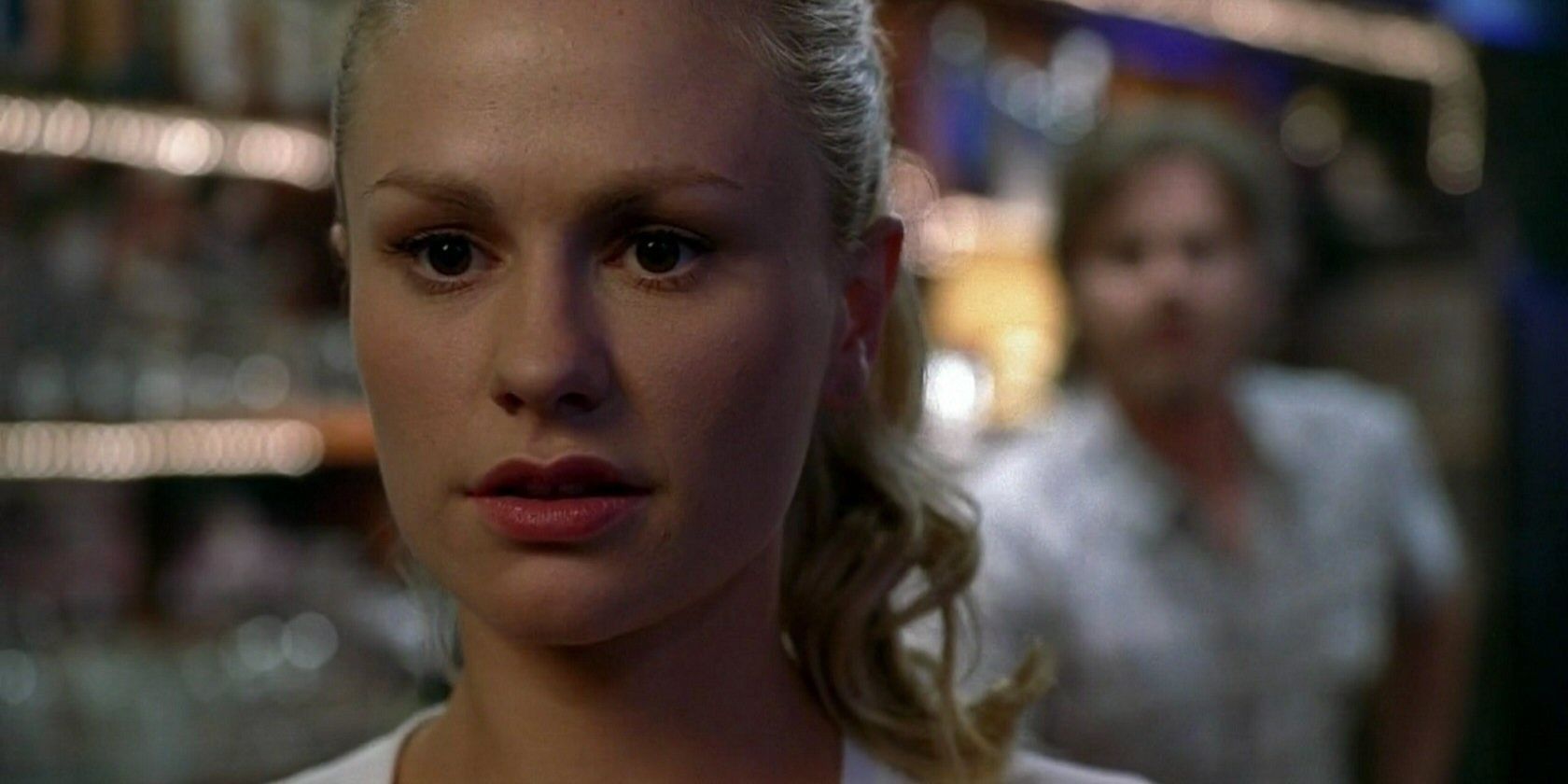
In a troubling plot twist that capped off True Blood's first season, it is revealed that Rene Lenier, the Cajun-speaking best friend and trusted ally to Jason Stackhouse and Hoyt Fortenberry, is in fact Drew Marshall, a vampire-hating antagonist responsible for taking the lives of various vampire lovers living in Bon Temps.
Although Sookie eventually discovers Rene's true identity after reading his thoughts with her telepathic abilities, many have wondered why she didn't pick up on his secret much earlier.
Frequently throughout the series, Sookie encounters various threats with secret agendas, though she never picks up on them early enough. With her mind-reading, many have suggested she should always know when something is coming, but in actuality, Sookie learns to switch off her abilities after meeting Bill, who becomes a comfort thanks to his immunity to telepathy.
10 Wrong Fang Placement
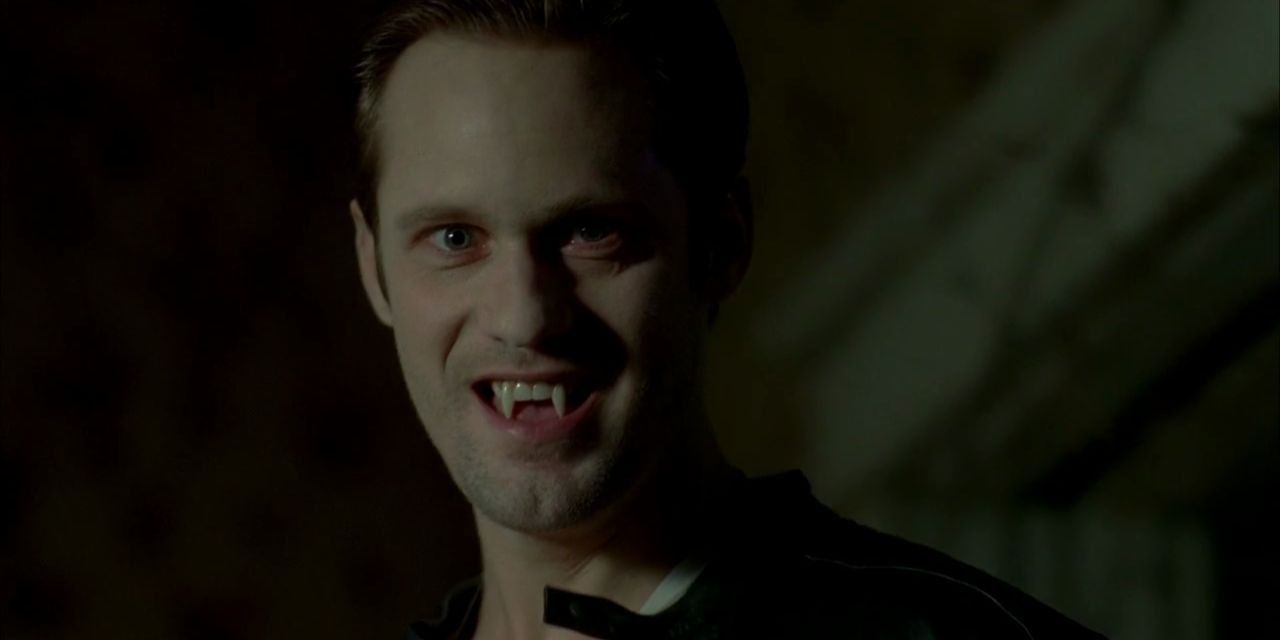
Throughout vampire movie history, vamps have had a history of fangs being placed near the cuspids in their mouth. The cuspids, also known as canine teeth, are the closest link between humans and carnivorous, predatory animals, intended to rip and eat away at the flesh of a victim.
Many fans have complained about the closeness of the fangs, calling True Blood out for its anatomically incorrect placement of the teeth.
Creator Alan Ball has stated that the teeth are meant to resemble that of a rattlesnake with a design where the teeth lay flat across the roof of the mouth and click into place when a vampire is ready to feed.
The show's placement around the lateral incisors also serves a purpose for the cameras as it makes the fangs easily visible for viewers.
9 Vampires Are All Metaphors for the LGBT Community
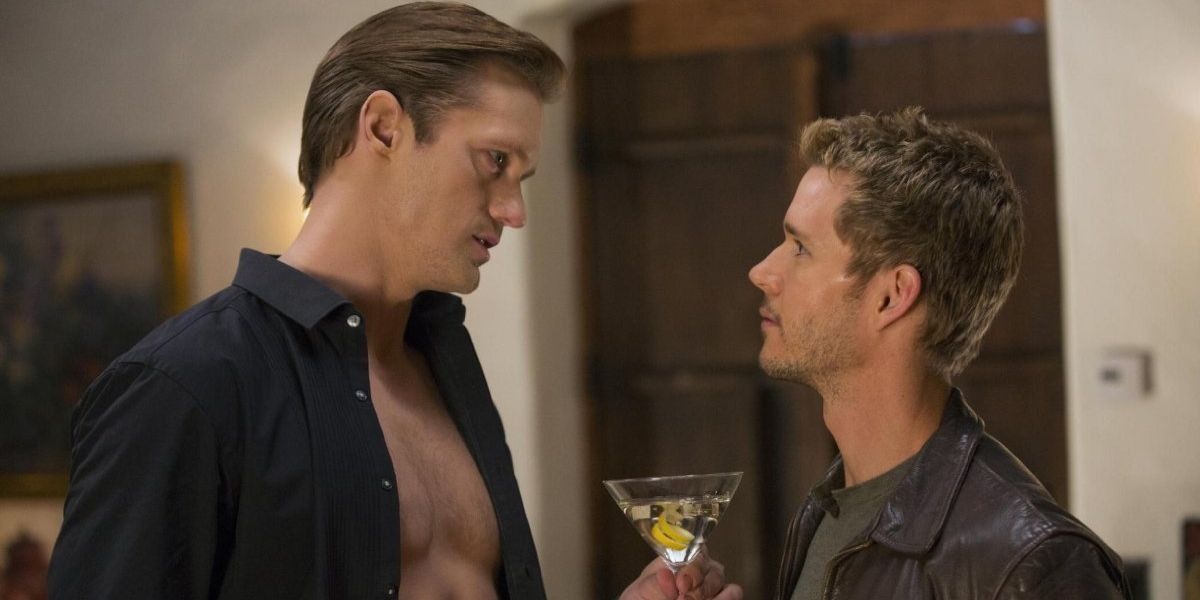
True Blood creator Alan Ball's LGBT allegories throughout the vampire series have remained a major talking point. As once-hidden figures who were considered a threat to the rest of the world, the vampires of True Blood are "outed" to the public. With many believing vamps to be an abomination, they are forced to lobby for civil rights as they seek to liberate themselves.
Although the LGBT comparisons are evident in the show's opening credits where a church marquee can be seen reading "GOD HATES FANGS," Alan Ball has remained adamant that the show's vamps aren't just metaphors for the LGBT community.
Speaking on the subject, Ball stated that the metaphor is too simple, suggesting that the show could even come off as homophobic, since the vampires are often portrayed as dangerous to other communities.
8 The Overly Complicated Siring Ritual
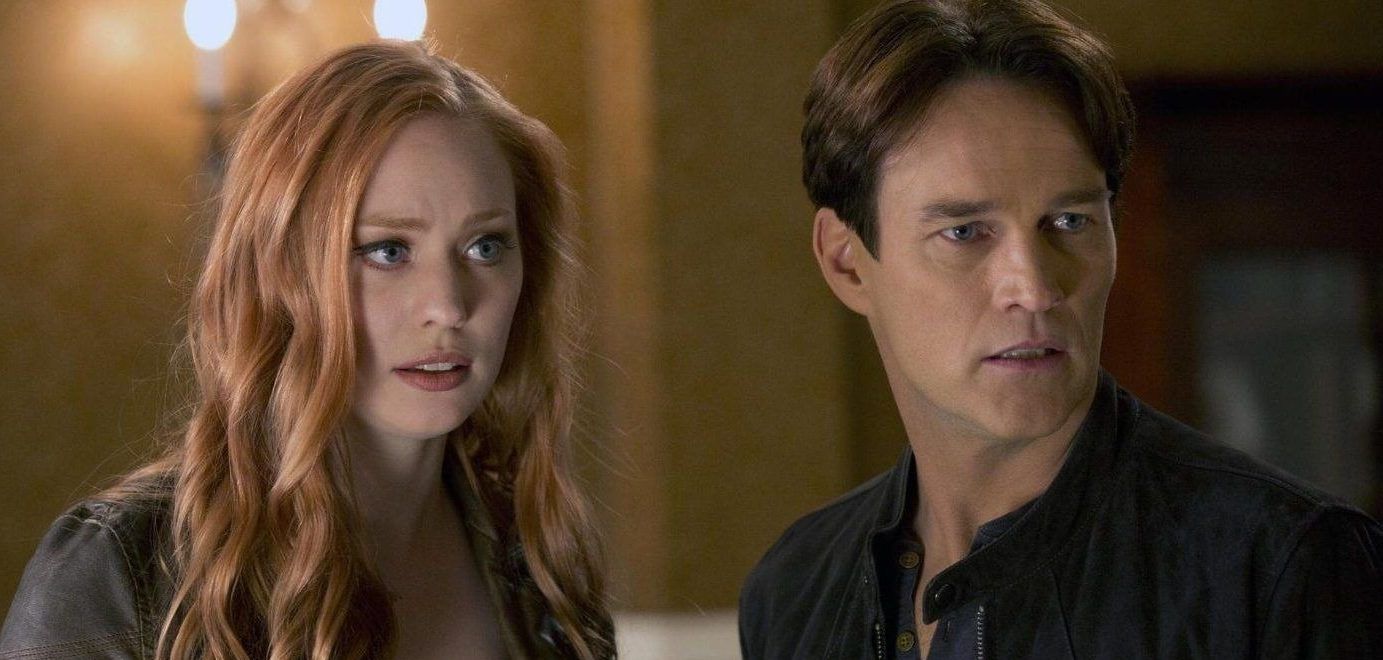
Throughout vampire lore, the transformation process from a human to fanged creature of the night has remained relatively straightforward. Usually, the newly initiated is bitten, drained of blood, and may swap some blood with the sire before completing the transition.
As seen when Bill turns Jessica, the process in True Blood adds an extra step which extends the process overnight.
Although most of the siring ritual seems routine, it takes a turn for the strange when the sire and the new vampire recruit are buried together in a claustrophobic coffin. The burial process, though unnecessary, is a part of tradition which shields the new, unsuspecting vampire from the sun during the transformation. The process could be successful in another darkened area, though there is no guarantee that the new vampire wouldn't attempt to run away, harming themselves with the sun.
7 The Fellowship of the Sun's Legitimacy
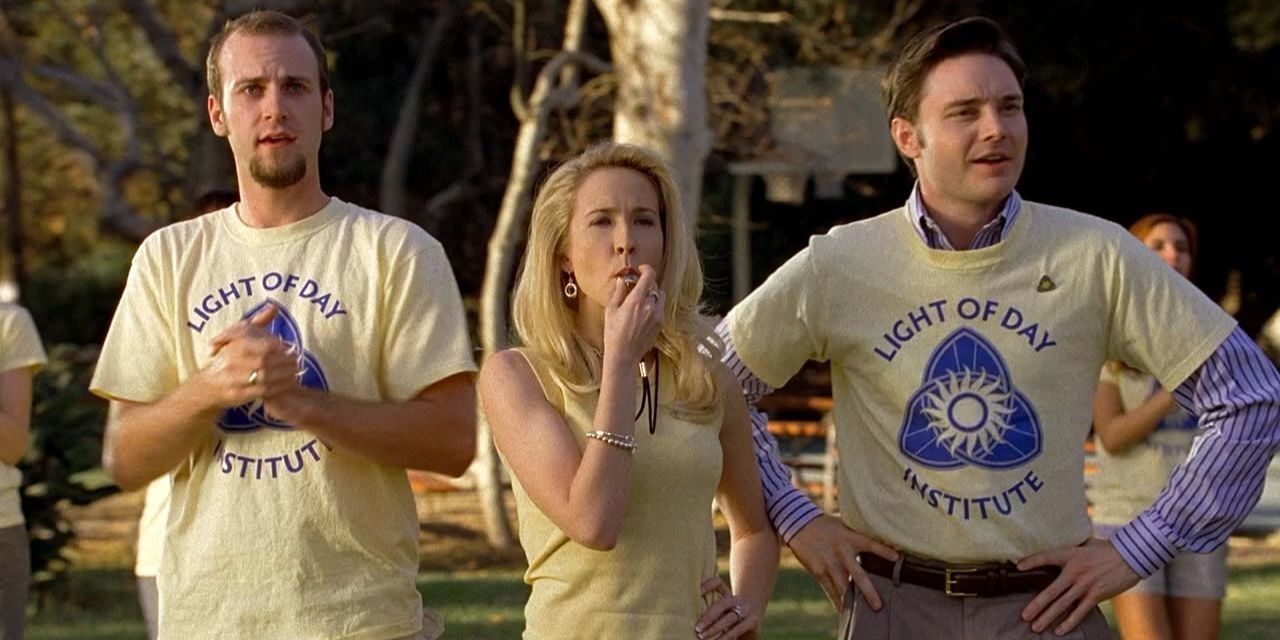
As a leading advocate of anti-vampire politics, the Fellowship of the Sun publicly denounced equal rights for vampires.
They served as an adversary of the American Vampire League, with many evil plots planned against vampires. Some have wondered how the Fellowship, along with its leaders Steve and Sarah Newlin, was never targeted as a criminal organization by the police and media.
Much like other organizations with a long history of crime, the Fellowship operated under secrecy.
Its leaders distanced themselves as much as possible from any actual crimes. As such, they were able to maintain operations while still pushing their anti-vampire agenda through programs such as the Light of Day Institute.
Still, despite its secrecy, the Fellowship did come under heavy scrutiny for its demonizing of vampires, suggesting some didn't believe the organization was trustworthy.
6 Bill Vs. Warlow
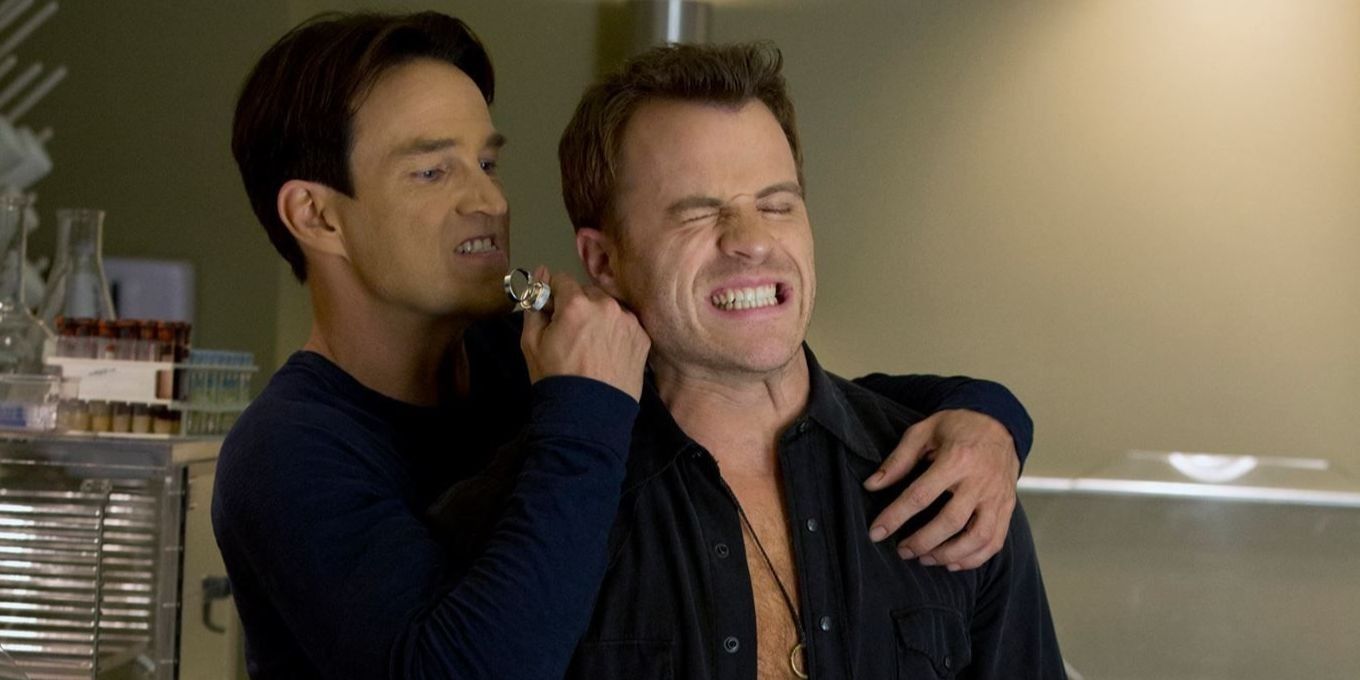
As a general rule of thumb in vampire mythologies, older vampires are considered to be wiser and more powerful. That is why many were surprised to find Bill holding his own against Warlow in season six, given that Warlow is more than 5,000 years older.
As a vampire-fairy hybrid, Warlow isn't the standard definition of a blood-sucking vamp.
According to the Book of the Vampyr, he was prophesied to save the vampire race due to his ability to walk in the sun. As a half-vamp, half-fairy, it's entirely possible he never fully inherited the strengths of his vampire lineage. Likewise, Bill had recently drunk the blood of Lilith and although the effects had likely worn off, it's reasonable to assume some form of her strength remained, giving him a slight competitive edge.
5 Sookie's Many Love Interests
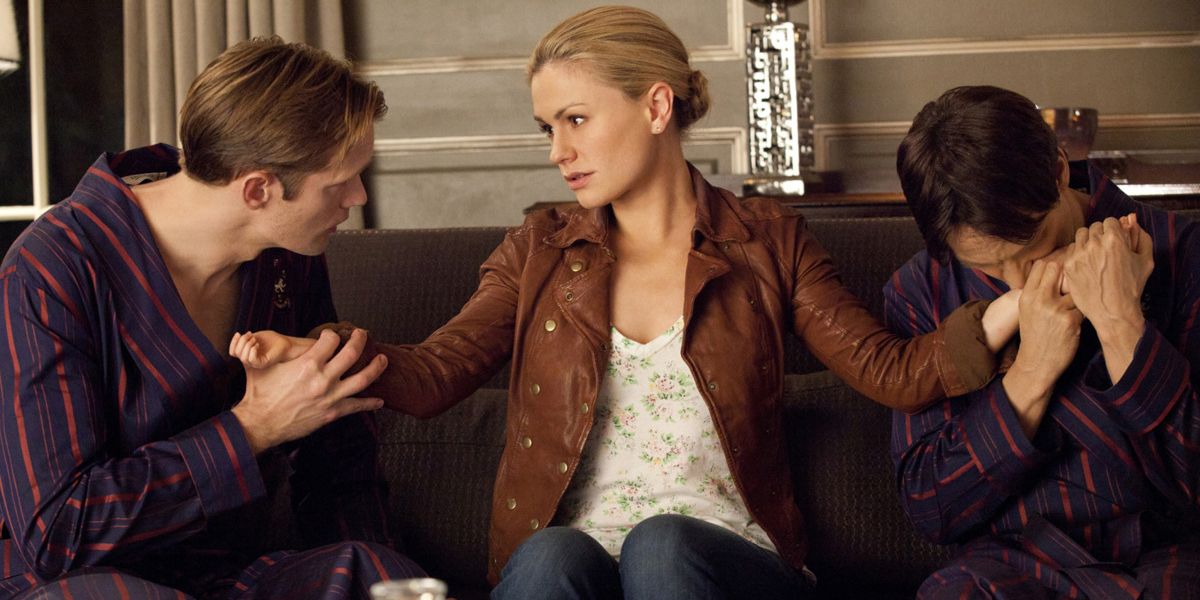
Since she began the series as a conservative, reserved character, many viewers were shocked to witness Sookie's radical transformation into a mischievous, supernatural-loving fairy. As her mind-reading abilities kept her from communicating with others, it wasn't until she met Bill Compton, whose mind she couldn't read, that she was able to enjoy someone else's company.
With so many love interests and supernatural suitors, who all became attracted to her because of her fairy lineage, it's easy to understand how Sookie's transformation began.
Going from the girl with little confidence to the most attractive girl to all the supernatural men in town gave her what she needed to spark up a social life, which eventually led to her falling in with some bad crowds.
4 Why the Vamps Call Louisiana Home
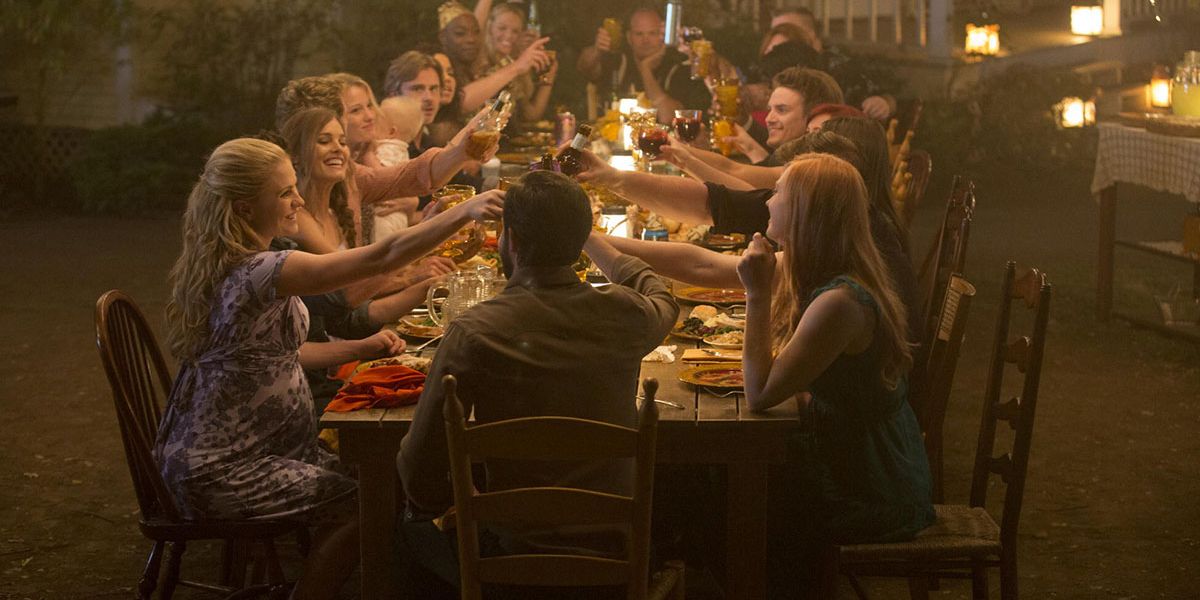
With its blend of French, Spanish, German, African, Irish and Native American influences and long-standing reputation for Cajun cuisine, Louisiana is a cultural melting pot of inspiration. With so many vampires calling the state home, many viewers wonder what's so attractive about a town like Bon Temps.
Although the population isn't dense, Louisiana is home to many marshlands and swamp areas, making it an ideal place for vampires to hide victims.
A less populated area like Bon Temps is also appropriate given most vamps would want to avoid any attention. Still, there's also the possibility that the vampire population isn't all that bad in Louisiana. As viewers, we only really see the vamps in Louisiana.
There are millions of vampires in existence, so by comparison, the population in a much larger area may be far greater.
3 The Outing of Other Supernatural Creatures
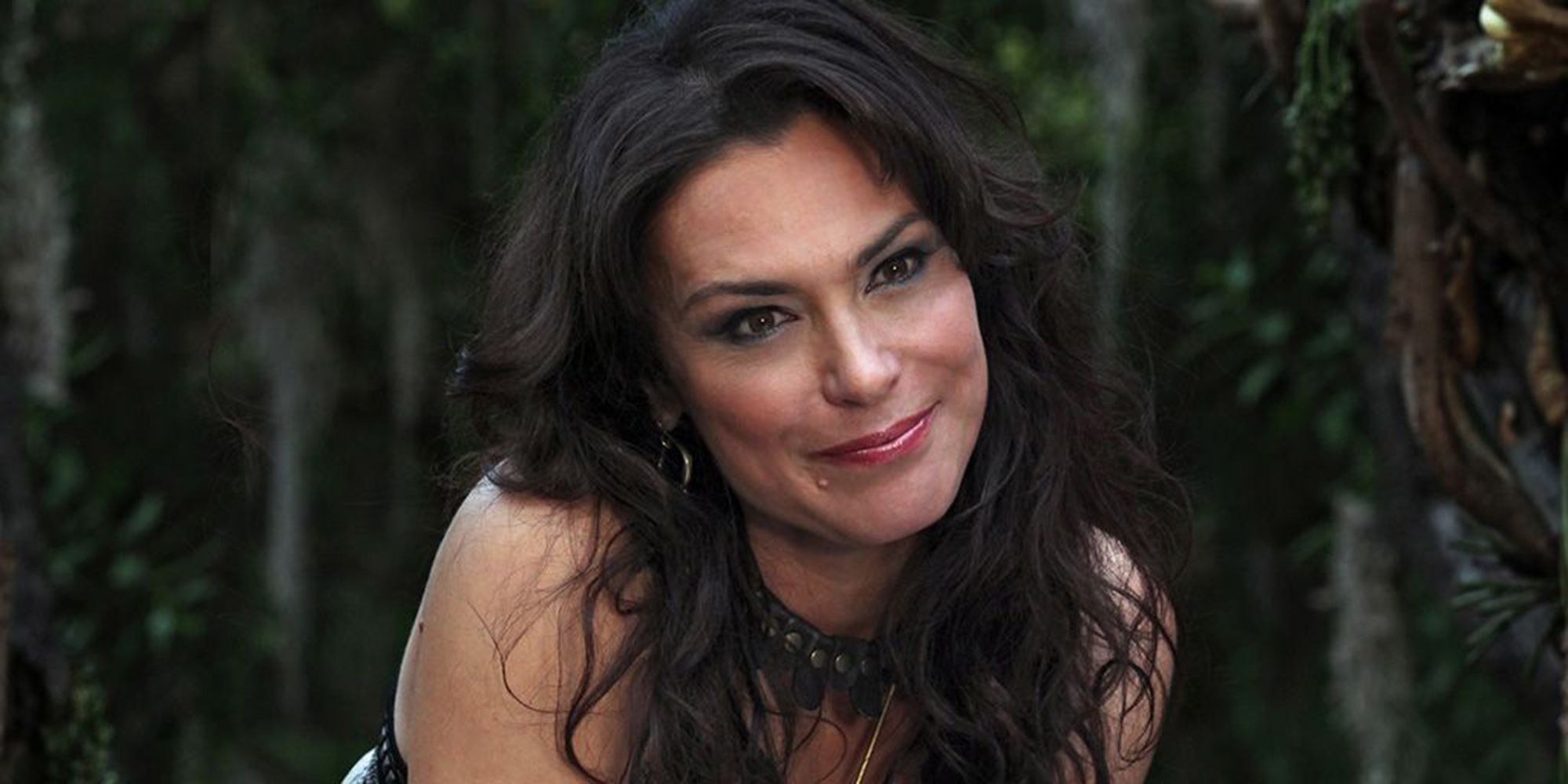
With the development of synthetic Tru Blood, vampires were offered a second life by making themselves visible to the world and rebranding their image. To avoid depicting extreme persecution, True Blood picked up two years after vampires made themselves known. This left some viewers questioning why other supernatural creatures of the series didn't follow suit.
To answer the lack of other supernatural public exposures, we need only to look at the human-vampire relationship dynamic, which is still largely heated throughout most of the show and has been used as a metaphor for the LGBT community.
On top of that, there simply aren't as many members of other species of supernatural as there are vampires. With fewer numbers, shapeshifters, for instance, still have the option of staying secretive without the high risk of exposure.
2 Merlotte's Staffing Problems
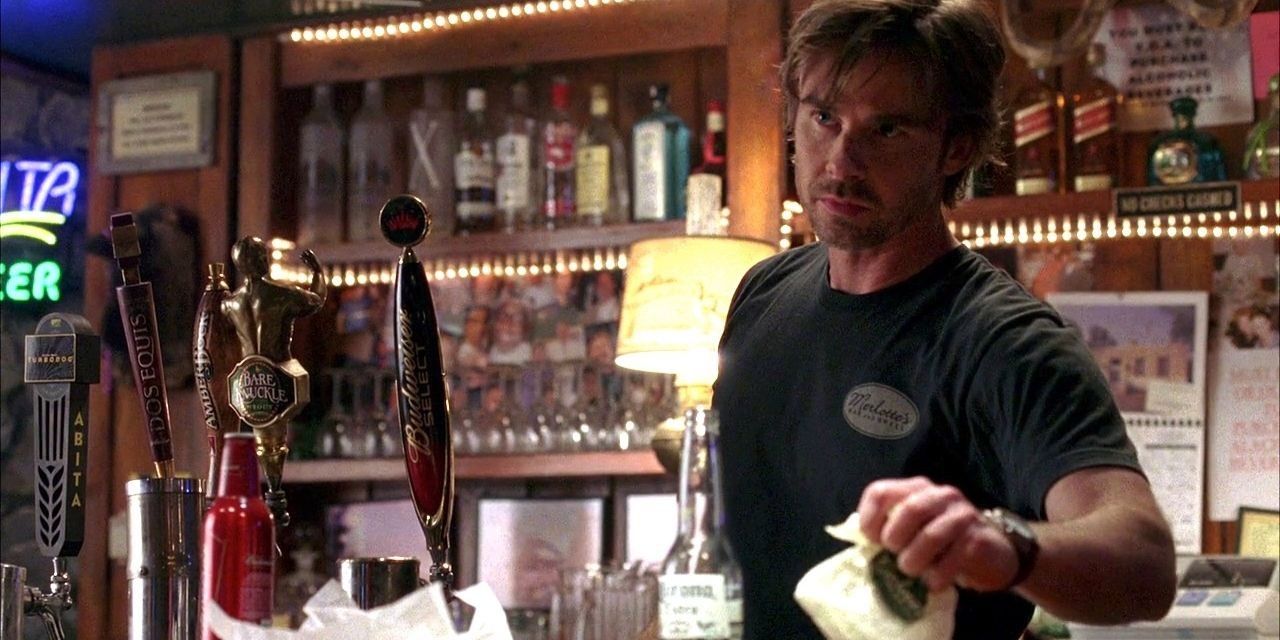
As one of the only restaurants in Bon Temps, Merlotte's Bar and Grill is a hotbed for supernatural activity. Owned by the shape-shifting Sam Merlotte, it was opened as a relaxing chill-out spot, though it quickly became home to various creatures, employing a hafling, a witch and a medium over the course of the series.
Settled twenty-two miles outside the city of Shreveport, Bon Temps isn't exactly a thriving metropolis, economically speaking. Throughout the series, various characters are seen working at Merlotte's, though rarely do they seem to work a full day.
Although some fans have wondered how Merlotte's stays open, the truth is the restaurant likely has more workers than depicted. Likewise, characters such as Sookie are rarely shown working on screen, though she can be seen asking for a few extra hours on occasion.
1 Tru Blood isn't the only synthetic blood
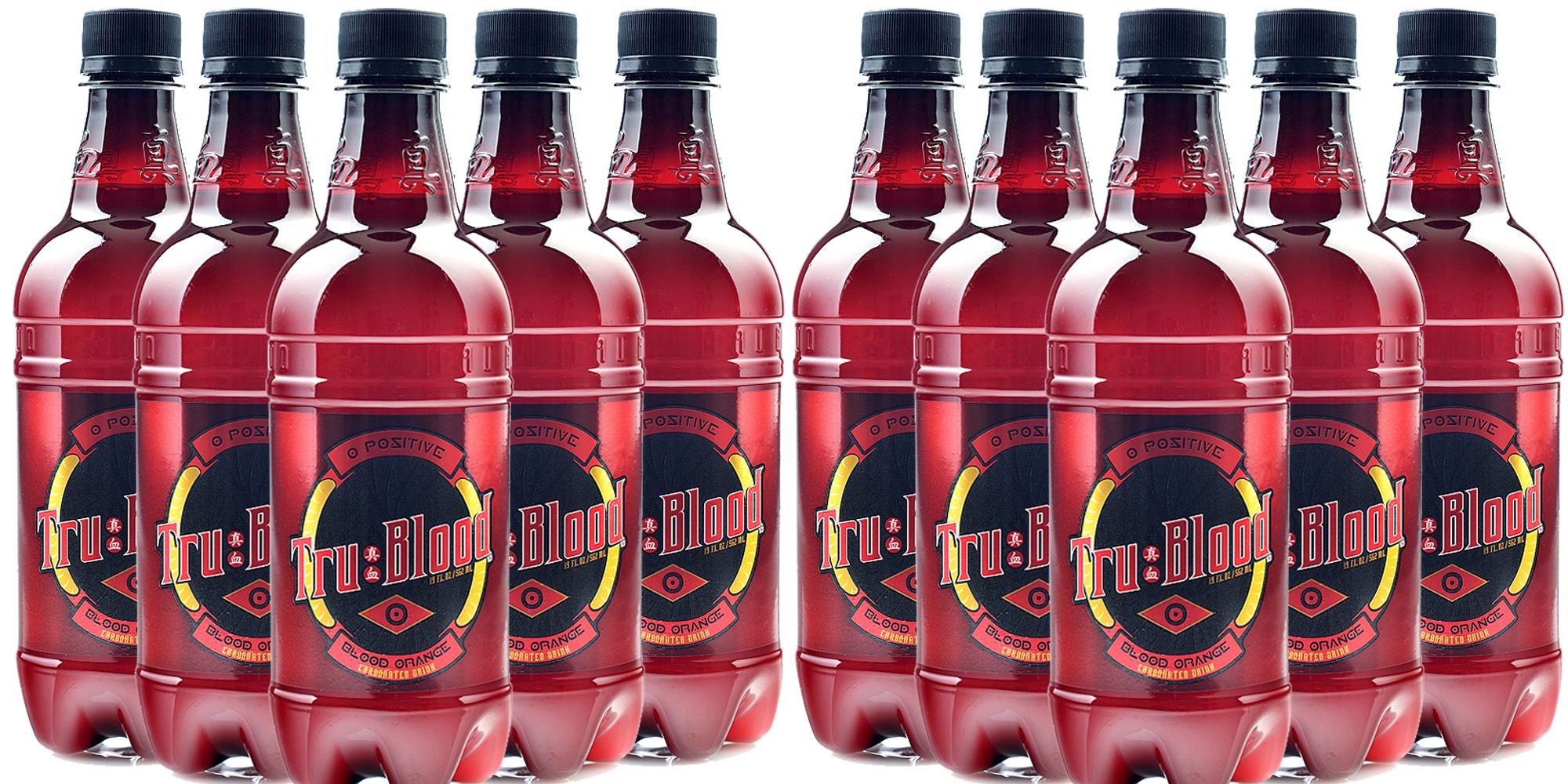
With the destruction of the Tru Blood factories in season five, devastation arose as vampires across the country reverted back to their blood-thirsty nature. Given Tru Blood's apparent monopoly on the synthetic blood market, many fans have wondered why another substitute doesn't exist that could potentially attract more customers.
As it is established in the books, there are alternatives to Tru Blood.
These include the more expensive Royalty Blended option, a premium drink which mixes synthetic blood with a large dash of the real blood of certified royalty. However, it's still possible that little is actually known about the research behind the synthetic blood.
With hard-to-acquire chemicals and hard-to-manufacture equipment, the product is still relatively new (there are only six factories in the world), which means a new competitor could still be years away.
---
What else do people misunderstand about True Blood? Let us know in the comments!
from ScreenRant - Feed https://ift.tt/2NDE3aQ

1 Comments
Vampires is not at all like in the movies or books. Sure, I understand. You are young you have the whole world open to you. You can be anything that you choose if you apply yourself and try hard to work toward that goal. But being a Vampire is not what it seems like. It’s a life full of good, and amazing things. We are as human as you are.. It’s not what you are that counts, But how you choose to be. Do you want a life full of interesting things? Do you want to have power and influence over others? To be charming and desirable? To have wealth, health, and longevity, I can help you solve any problem you are having
ReplyDelete(1) If you want your ex back.
(2) If you want to stop having bad dreams.
(3) You want to be promoted in your office.
(4) You want women/men to run after you.
(5) If you want a child.
(6) You want to be rich.
(7) You want to tie your husband/wife to be yours forever.
(8) If you need financial assistance.
(9) If you want to stop your divorce.
(10 If you want to divorce your husband.
(11) If you want your wishes to be granted.
contact the Vampires Lord on his Email: Richvampirekindom@gmail.com